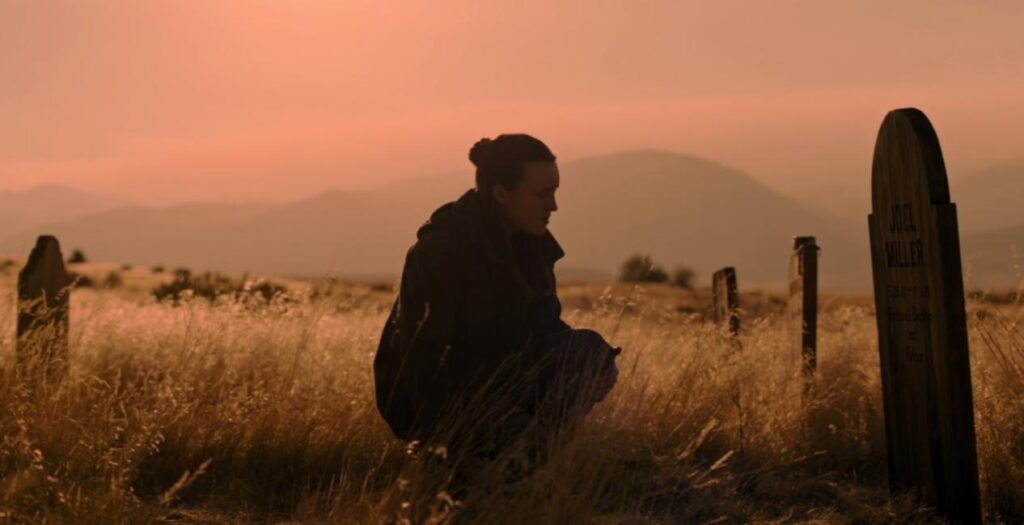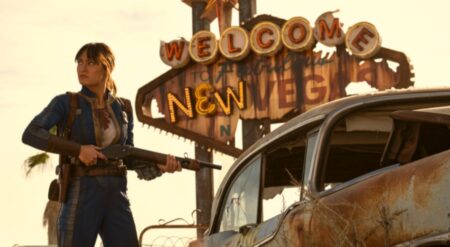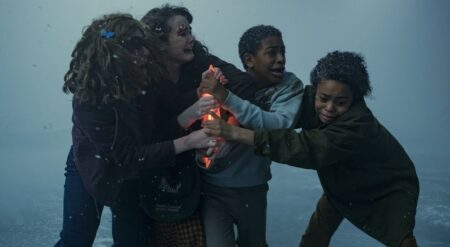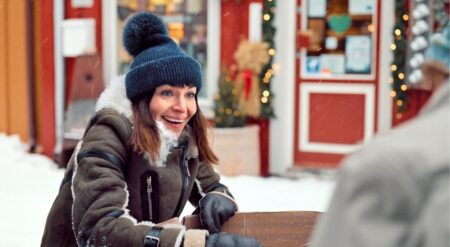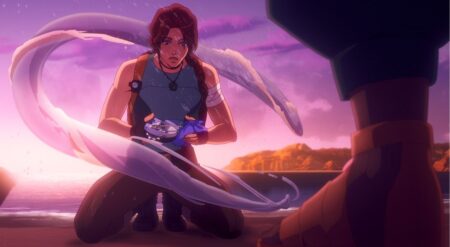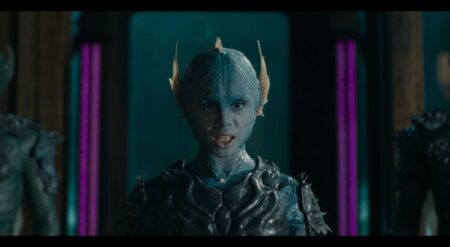The Last of Us Season 2 Episode 3, “The Path,” opens with fire. The ashes of the world, thousands of clicker corpses at the gates, still burning. A broken watch. The cleaning of Joel’s body. If you’ve never seen a dead body after the fact, it stays with you. It’s the little things. The way they fell. The way they will be now, forever, in your mind.
I found the body of a friend of mine who died before he was 60, with no warning, a few years ago. The cops and I found him days after he hadn’t been heard from in a few days, with an inbox full of unanswered voicemails. It stays with you. No matter how much you wish it wouldn’t, how much you wish you hadn’t seen them that way. I appreciate that The Last of Us Season 2 Episode 3 opens with Tommy (Gabriel Luna) coming in and washing his brother’s body, as a final act of service.
“Give Sarah my love,” he says. I imagine it’s the last thing he says to Joel (Pedro Pascal). That there’s nothing after. What else can you say, except what you hope they knew, and can no longer hear? The room Tommy is in is full of dead bodies, and at the hospital, things might be worse.
The maimed, dead, and dying are everywhere. Ellie (Bella Ramsey) wakes up with a tube in her right side and images of Abby stabbing Joel in the neck with a shattered golf club. Then she starts screaming and can’t stop. The nurses have to sedate her.
As I watch, all I can think of is the cost. Of the dead, who are now gone, and of the limited medicine, spent to calm a young woman who will never not hurt. The Last of Us is a story of costs. Of what’s taken from us. Or how we go on after it all. And the damage that defines us. I didn’t love this season’s second episode, but the thing about tragedy is how we cope and what it does to us afterward. And I admire this episode for sitting, as long as it does, with what that means.
The Last of Us Season 2 Episode 3 opens with emotion, and it thrives there.
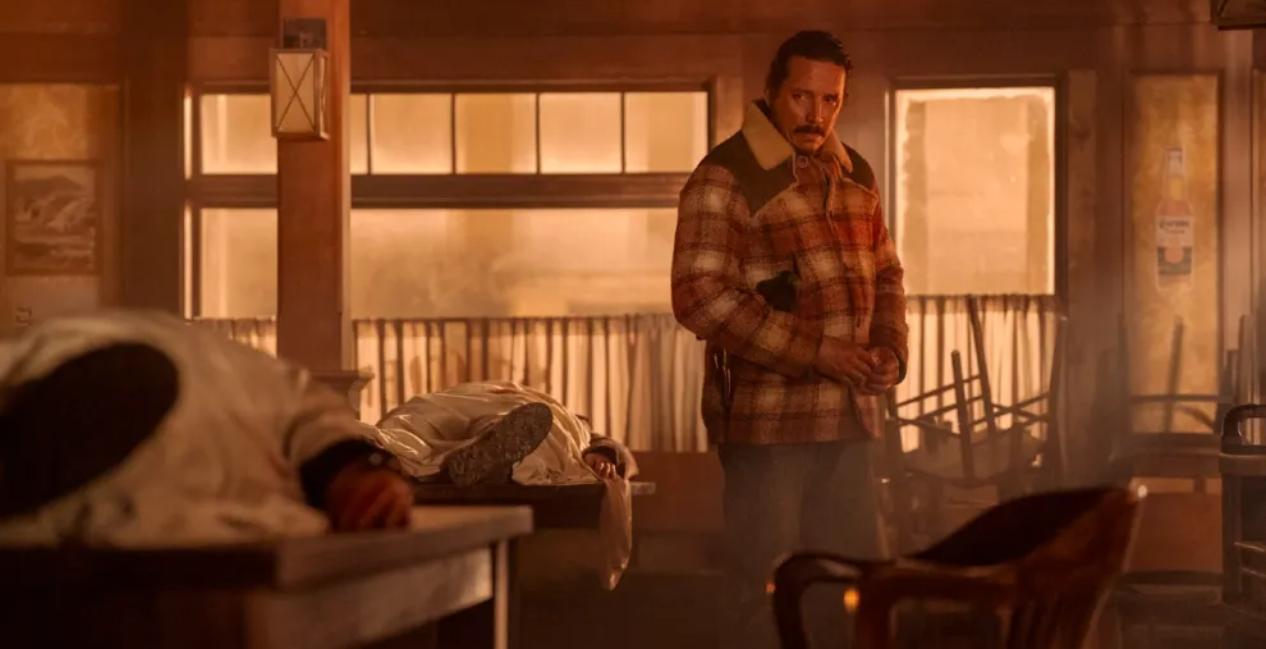
We move on quickly and without fanfare, jumping three months into the future. It’s Spring. New beginnings, in a rather unsubtle metaphor. Jackson is being rebuilt. Jesse (Young Mazino) helps Tommy hammer a wooden stake into the foundation of a building. Gradually, the old gives way to the new.
Ellie awaits her release in the hospital, but before she can go, she has to speak to therapist Gail (Catherine O’Hara). Gail forces her to confront her last conversation with Joel, and the idea that Joel thought he had wronged her.
Ellie claims she doesn’t know what Joel meant, that she wished she could have let him off the hook, and that she’ll have to let herself off the hook. It is hard to believe her as a viewer, and we get the sense that Gail doesn’t either, but she has the answers Gail needs to let her go. Neither believes they’re true, and each knows the other knows it. When Ellie leaves the room, she’s dead-eyed and broken. We are defined by the things we don’t tell other people.
There are notes and wilted flowers at Joel’s house, remembrances of what he meant to others, already soiled by time. Inside, Ellie finds a life incomplete. A mattress is removed from a bed. Half-finished wooden carvings, a shoebox on a bed with Joel’s revolver, his watch, and she is forced to confront the things that she could not tell Gail, or admit out loud, or to anyone else.
The pain she carries is enormous, and when she finds Joel’s shirts, hanging in a closet, she holds them to her face and breaks down in tears. The Last of Us is not, and has never been, a particularly original story. Still, it succeeds in the telling, and in the actors, and the characters who are too proud, too afraid to admit they are broken.
Bella Ramsey and Isabela Merced’s chemistry is unmatched.
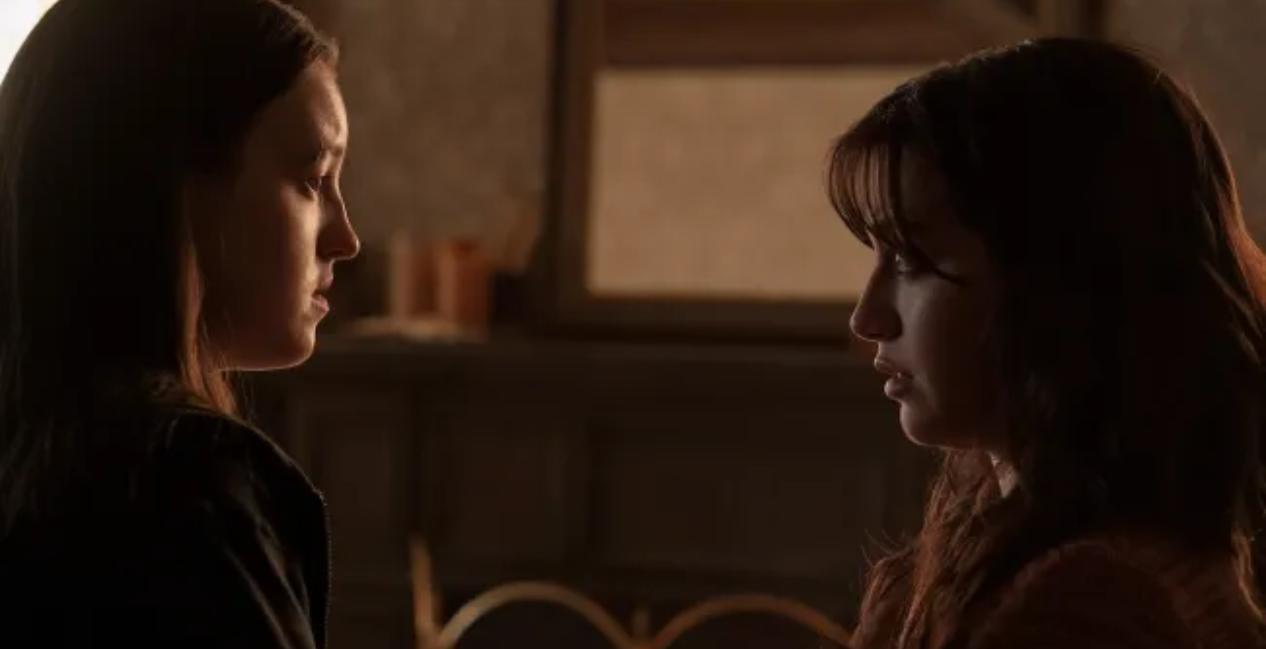
Dina (Isabela Merced) shows up with cookies and a revelation: she knows who killed Joel. She knows their names, where they’re from, and that they’re part of the W.L.F., or Washington Liberation Front. Dina’s logic is undeniable; if the only thing you know about someone is who they are and where they live, you hope to find them at home.
Even Ellie can’t deny that, but when she hears Abby’s name, she whispers it like an invocation. We know where this is going, even if we haven’t played the game. Again, nothing here is a surprise, but Merced and Ramsey sell the scene on sheer chemistry.
The next step is simple: get everyone else on board to kill Abby and all her friends and burn their damn house down. Tommy is on board, though he knows Joel wouldn’t have run off half-cocked, and reminds Ellie that whatever her pain is, he knew Joel better than she ever did. They need to open it up to the council to make this happen, and everyone needs to be heard. Tommy tells Ellie where Joel’s buried, but she’ll only visit him on the way to Seattle.
Gabriel Luna’s performance in this show is often subdued, acting more with his body and face than his voice. But it feels like every scene moves around him, that he is its emotional fulcrum, and that’s no different here. One strange thing about The Last of Us’s second season is that no one scene feels like it belongs to an ensemble; each is dedicated to a single actor, and the world moves around that performance. Here, it’s Luna’s.
The Last of Us Season 2 Episode 3 makes a strange choice to focus on what is obviously a cult next, doing it in an interesting way. We don’t see the matching, “Do you wanna know how I got these scars?” Joker smile for a moment until we see it on both sides of our nameless lookout’s face. It’s a good moment, but you can see it even without the scars. The coat, the cloaks, the markings all kind of give it away.
The Last of Season 2 Episode 3 brings in a new player, for better and worse.
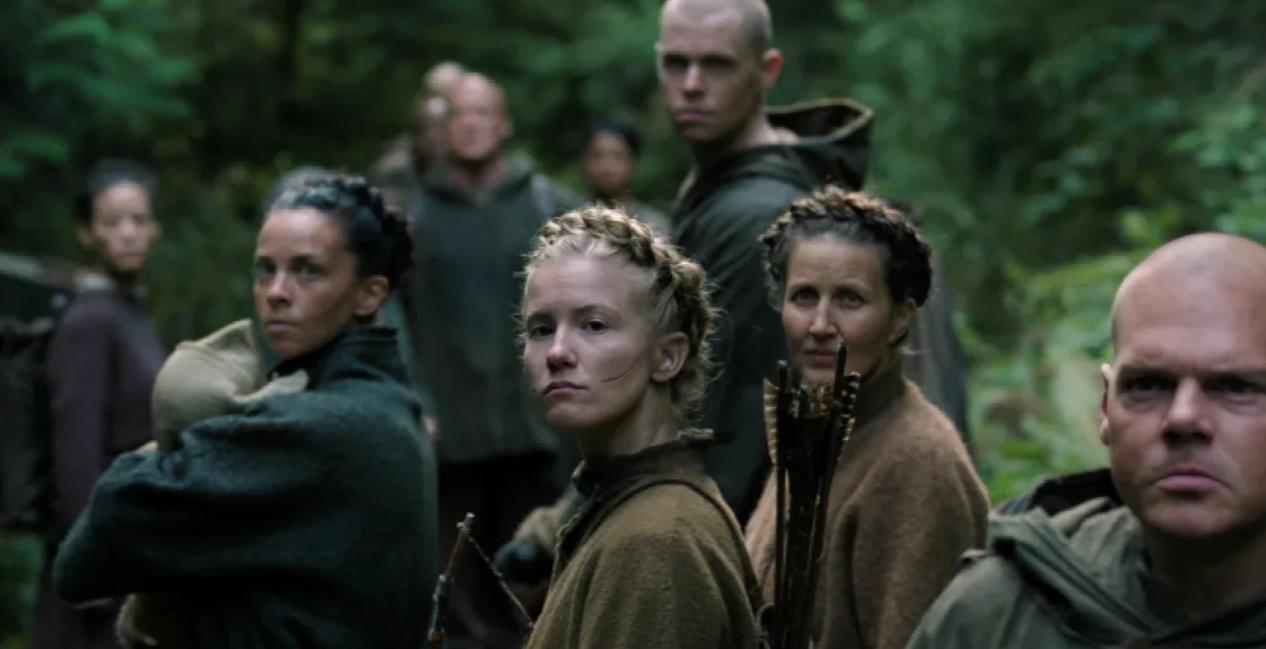
But I’m not sure any of this works. We’re clearly supposed to latch onto this story of the father and his daughter who wants a hammer, and the Wolves who are coming to get them (the source material is about as subtle as an anvil dropped into a swimming pool), but I don’t even know these folks’ names. It’s obvious with their talk of a Prophet and the scars and the cloaks and the hammers that these cats are a cult.
Perhaps I’m supposed to be sympathetic, but without knowing who these people are or why they’re leaving, it’s hard. Every death is a tragedy, especially the death of a child. But without context, it’s hard to understand why any of this is happening, and harder still to care. Given how obsessed the show has been up to this point about making sure we know why things happen (Abby’s incessant monologuing in the last episode being a case in point), it’s a strange choice to divorce us from context and expect us to care.
That scene and the next make up the episode’s most artificial points. The cleverest thing the count meeting does is start with Scott, who just wants to talk about corn. He doesn’t have an opinion on the Seattle thing. Of course, this is just to set us up, as is Rachel, who speaks next and tells us this is too much, too soon.
Next, there’s Carlisle, who’s all about turning the other cheek and letting it go, and, he makes the point to say, “isn’t even a Christian.” Then, we get what’s supposed to be the Seth (Robert John Burke) redemption arc. In the making of the credits, Craig Mazin and Neil Druckmann make a point to say that people are complicated and this moment might be surprising, but this is a narrow view.
Every bigot I’ve ever known, when wronged, would be the first to support violence against the people who wronged him. Seth isn’t about getting Abby and her crew because they killed Joel; he’s about doing it because he feels they wronged him, they killed one of his, they disturbed his space, his beliefs. It’s the same reason he felt comfortable calling Ellie a dyke in episode 1. She disturbed his space, his beliefs, and made sure he didn’t feel safe. It’s obvious when he calls everyone else in the room a “victim” what he believes.
The group dynamics come into play in The Last of Us Season 2 Episode 3 with Tommy at the center.
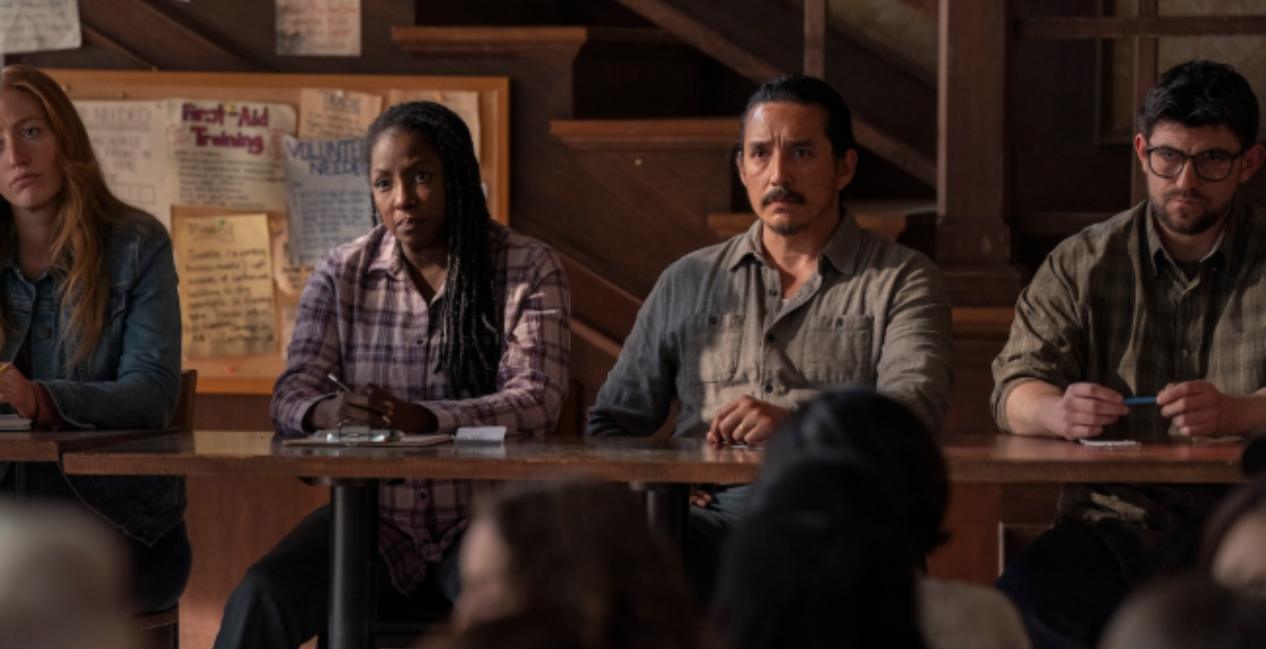
The Last of Us Season 2 Episode 3 likely thinks it’s being clever here, but all it’s doing is showing us the truth of the kind of people who feel safe standing with a cane, knowing nothing will be required of them, and calling everyone else a coward. And it’s likely what undermines Ellie’s argument. She’s come prepared with a pre-written speech that this isn’t about vengeance; it’s justice.
But it’s clear that Ellie doesn’t believe this. She wants vengeance. And the council, by a vote of 8-3, denies her. You already know where this is going, who Ellie is, and what she’ll do if denied. The rest is waiting for the obvious to play out.
The next scene is there to beat us over the head with this if we didn’t get it. It’s Gail and Tommy discussing what Ellie will do at a T-ball game. What other sports are left at the end of the world? Tommy admits that he’s afraid that Ellie will go down the same path Joel did. Gail gives it to us (and Tommy) straight, in case we’ve somehow missed what’s going on until this point: Ellie is a liar, and “some people just can’t be saved.” The greatest flaw with The Last of Us Season 2 has been how willing its writers are to tell us, at every moment, how we should feel.
We may know what Ellie’s going to do, but she doesn’t seem to know how. She’s packing bags of guns and ammo, dead set on going “northwest,” when Dina shows up with a map and a plan. Ellie doesn’t even have a holster for Joel’s revolver. She’s just shoved it into the back of her pants, something Dina rightfully mocks her for. Ellie may be this outfit’s bravado, but Dina is its brains and the architect of Ellie’s plan for revenge. Ellie herself is little more than a raw nerve.
Seth is, of course, the one that Dina’s gotten all of this from. He shows up at their 3 AM rendezvous with everything they need, but even in this moment, Ellie doesn’t respect him. Perhaps she’s clocked him for who he is, what he wants, and why he wants it. They shake hands, but there’s no respect here. Just a recognition that the enemy of my enemy is my friend.
The grave scene captures Ellie and Dina well, including their insecurities.
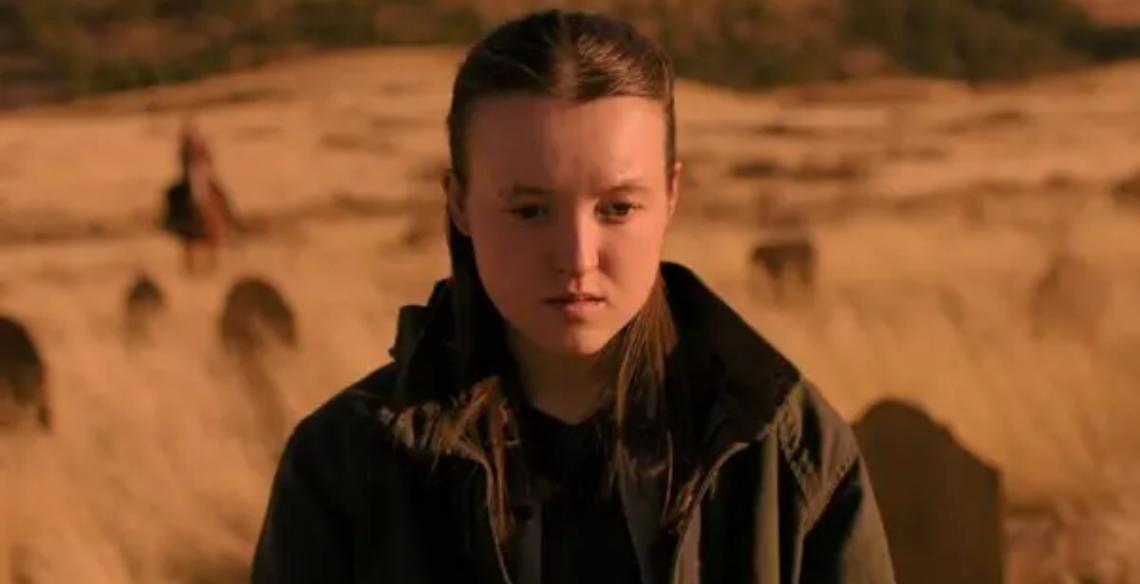
Ellie and Dina stop at Joel’s grave on their way out of town (Ellie leaves coffee beans; this series is best when it’s silent), and then we’re off. There are some nice character-building moments here: Dina’s right that Guns N’ Roses is better than Green Day, and Ramsey and Merced’s chemistry is undeniable. But what concerns me is how unwilling this series is to sit still. We condense several days into a few scenes, a few conversations.
What’s here about the kiss is good; the conversation about the first person Ellie killed is less so. About Jesse and Dina’s obvious insecurity, pretty solid. The problem with The Last of Us Season 2 Episode 3 and the series as a whole is that it rarely takes the time to linger when it should, although it often succeeds when it does. Rarely are these characters silent. Seldom do the showrunners not tell us how they feel.
Every scene feels built to get across a certain point, draw distinctions between the characters, and tell the audience what to think. These characters, this story, are never allowed to just be as long as they should be. The hand of the writer is everywhere. And it is tiring.
Ellie and Dina find the nameless cultists we saw earlier. They are, of course, dead. We linger over the dead body of a little girl. Dina throws up. Ellie doesn’t both swear that they’ll get the W.L.F. if they are behind this. They ride into Seattle confident, and we know, completely out of their depth. And that’s before we see Manny, one of the men who was there when Joel was killed, serving as a W.L.F. lookout, and the W.L.F. army, with its soldiers and tactical gear and APCs and Humvees, marching down the road, ready for whatever comes.
You didn’t think it would be that easy, did you? Neither did I. But I wish it had the courage to trust us a little more on the way. What’s here works. But it could be a lot more. When The Last of Us Season 2 Episode 3, “The Path,” allows its characters to deal with their trauma and loss, it hits some greater highs, but it often runs when it should walk and tells when it should show.
The Last of Us Season 2 Episode 3 is streaming on MAX (formerly HBO Max) with new episodes every Sunday.
Previous Episode | Next Episode
The Last of Us Season 2 Episode 3
-
Rating - 7/107/10
TL;DR
When “The Path” allows its characters to deal with their trauma and loss, it hits some greater highs, but it often runs when it should walk and tells when it should show.

